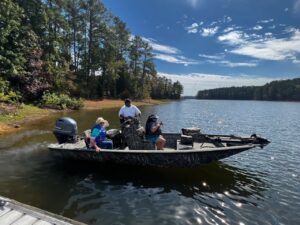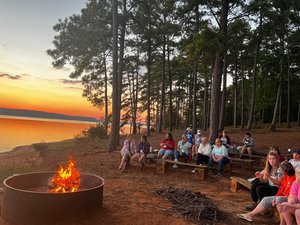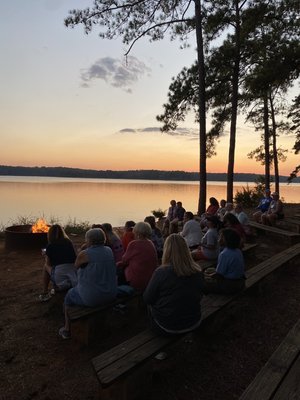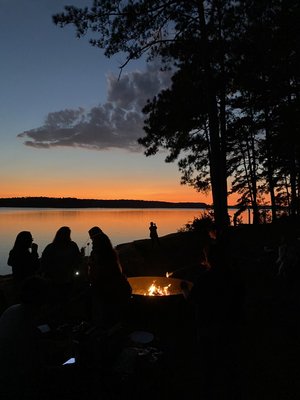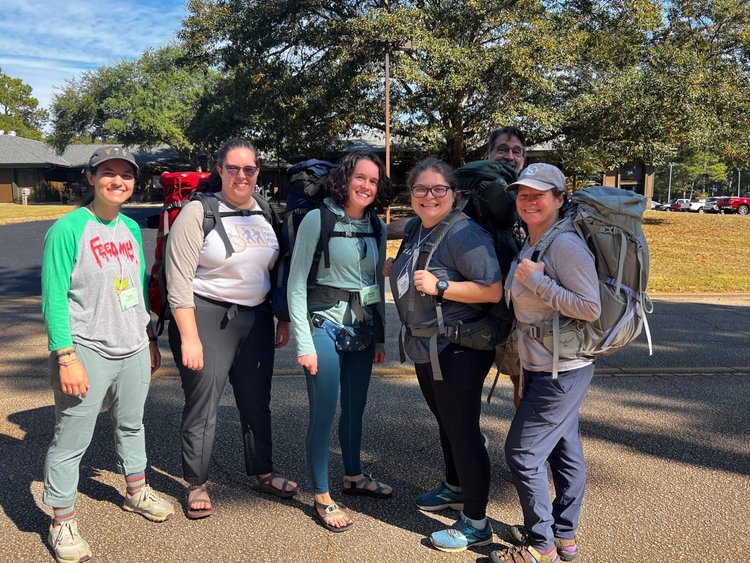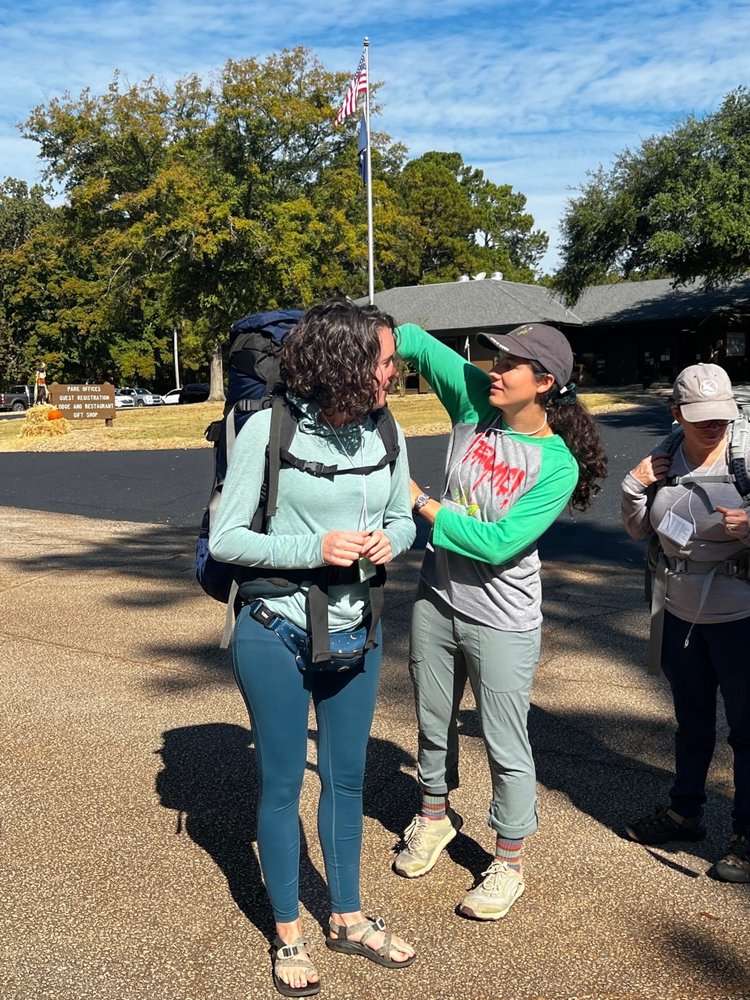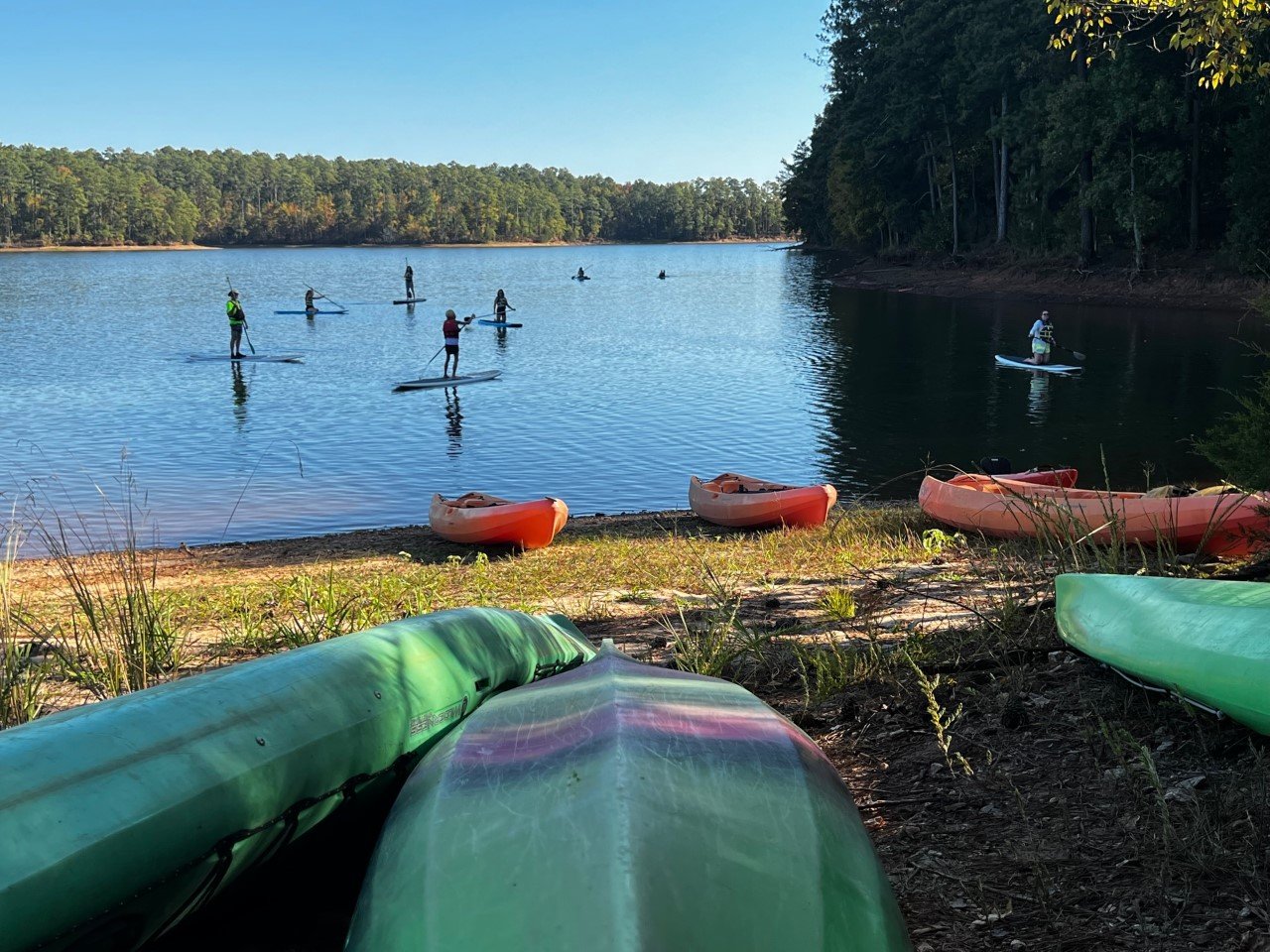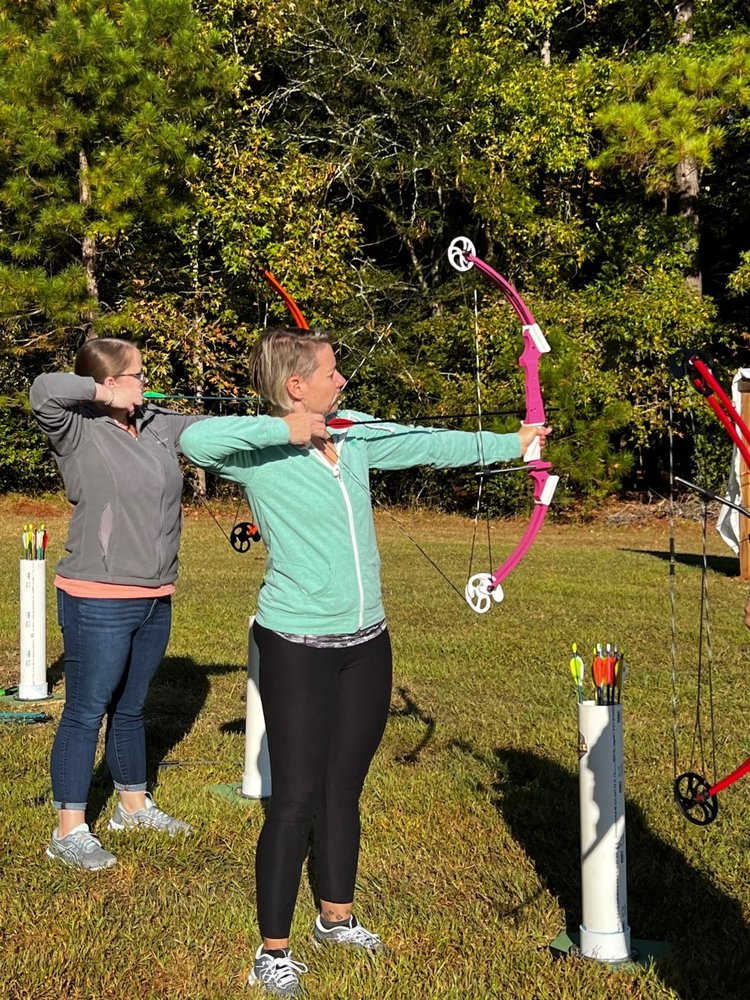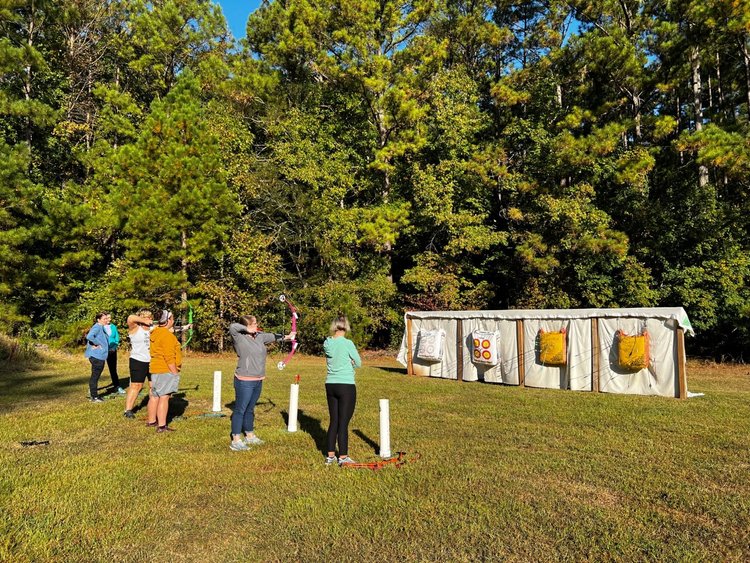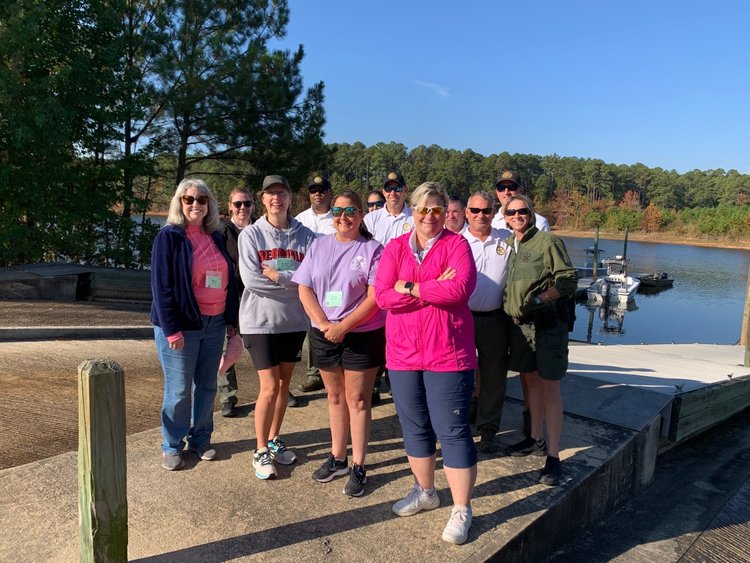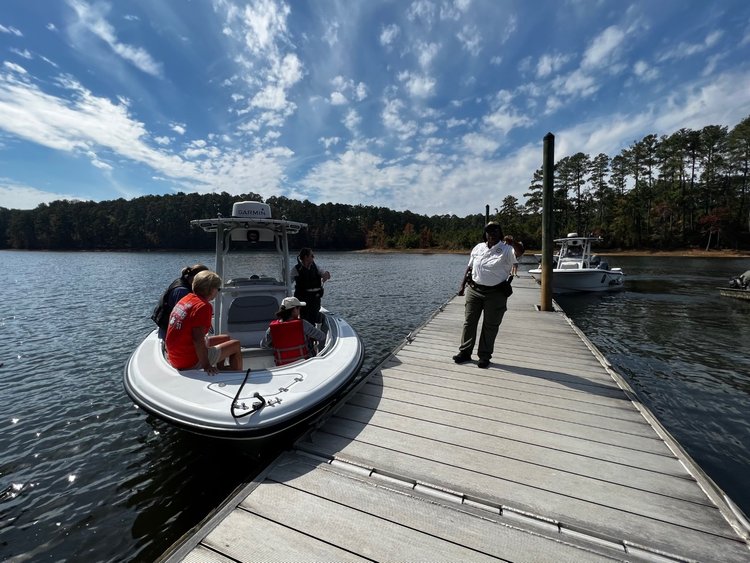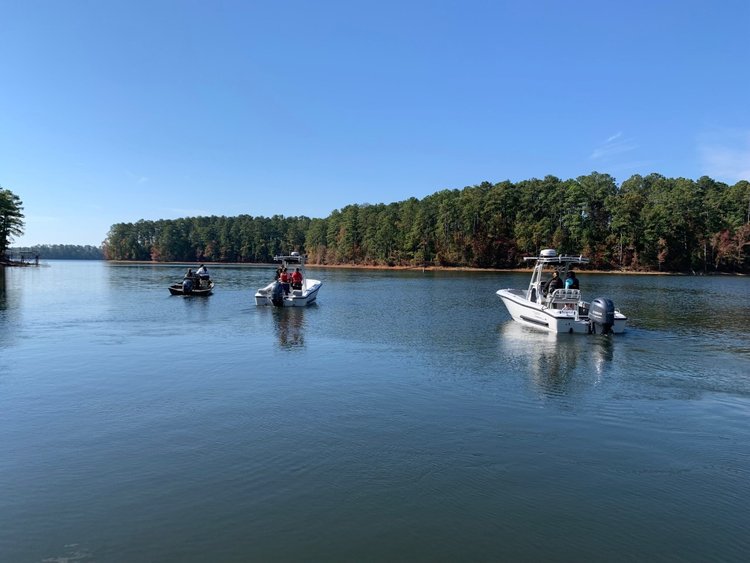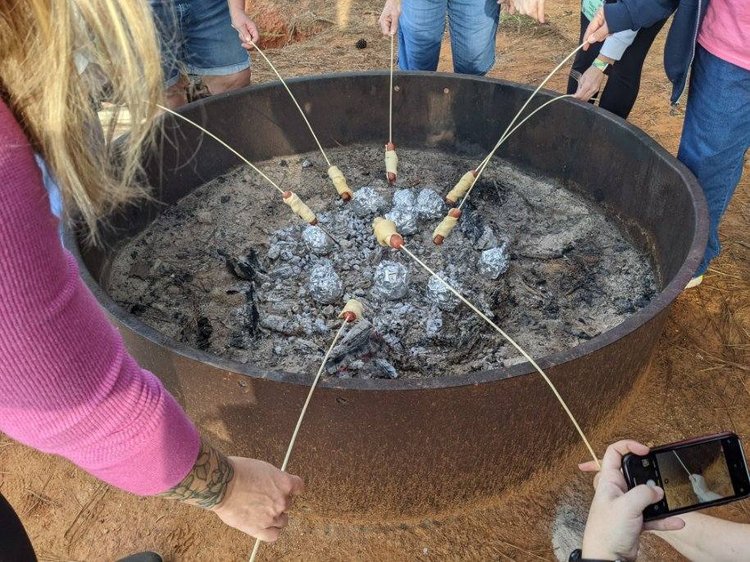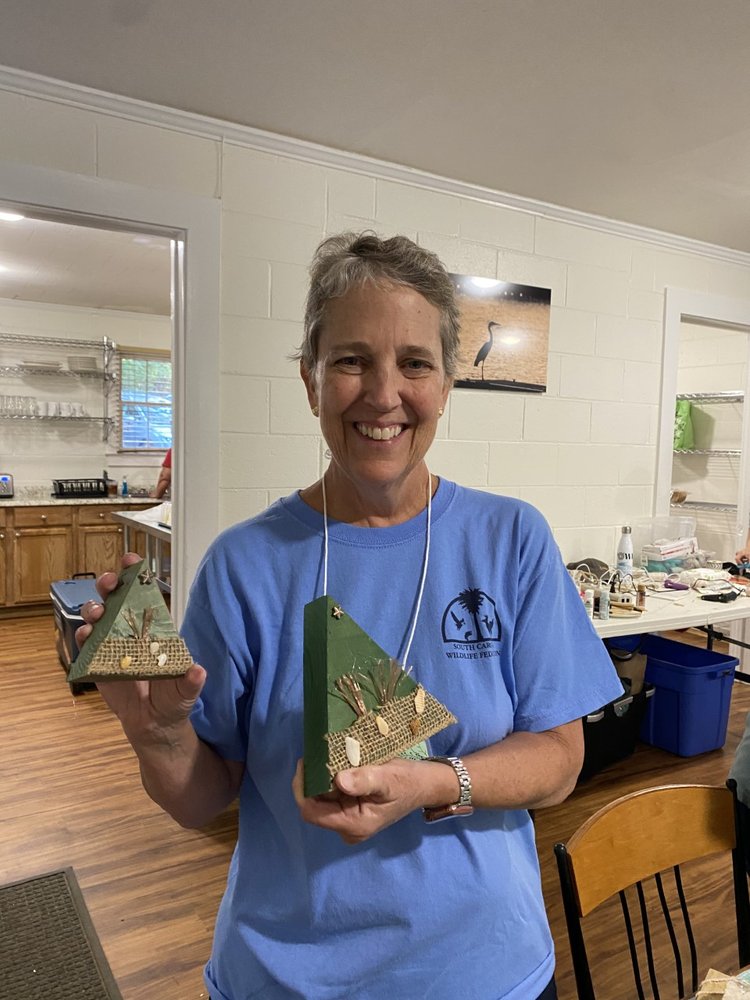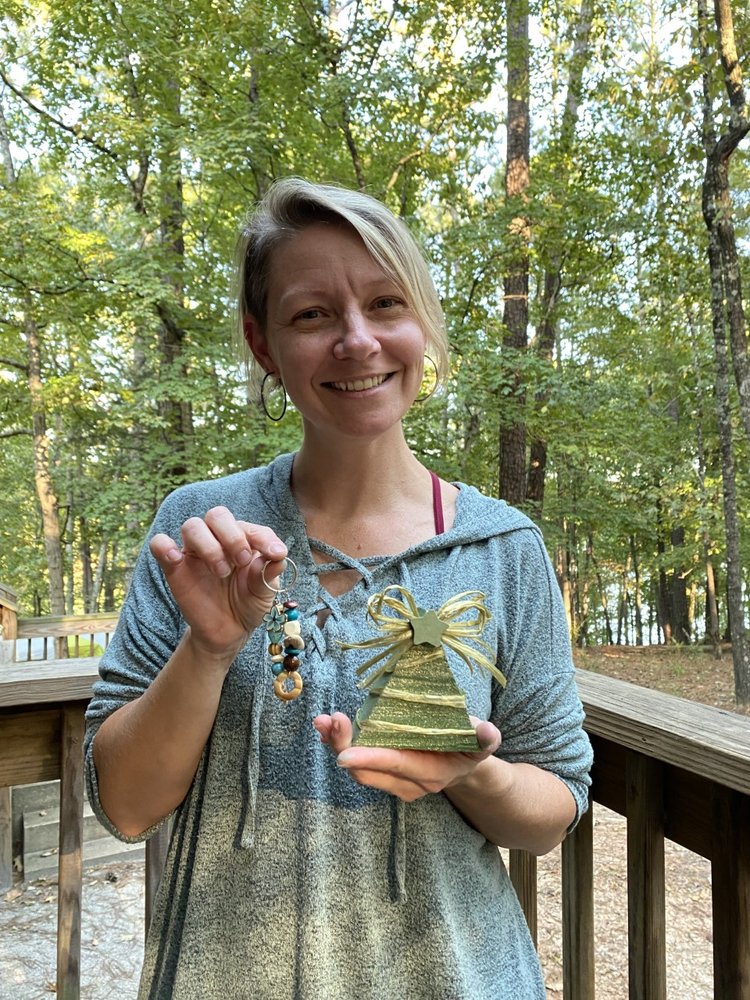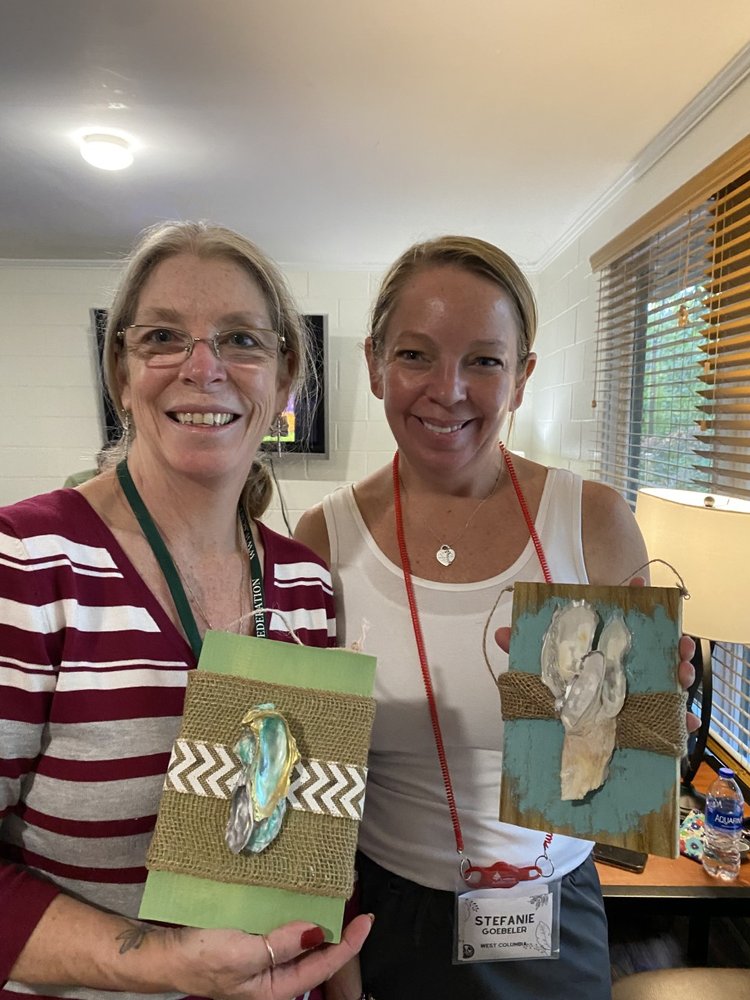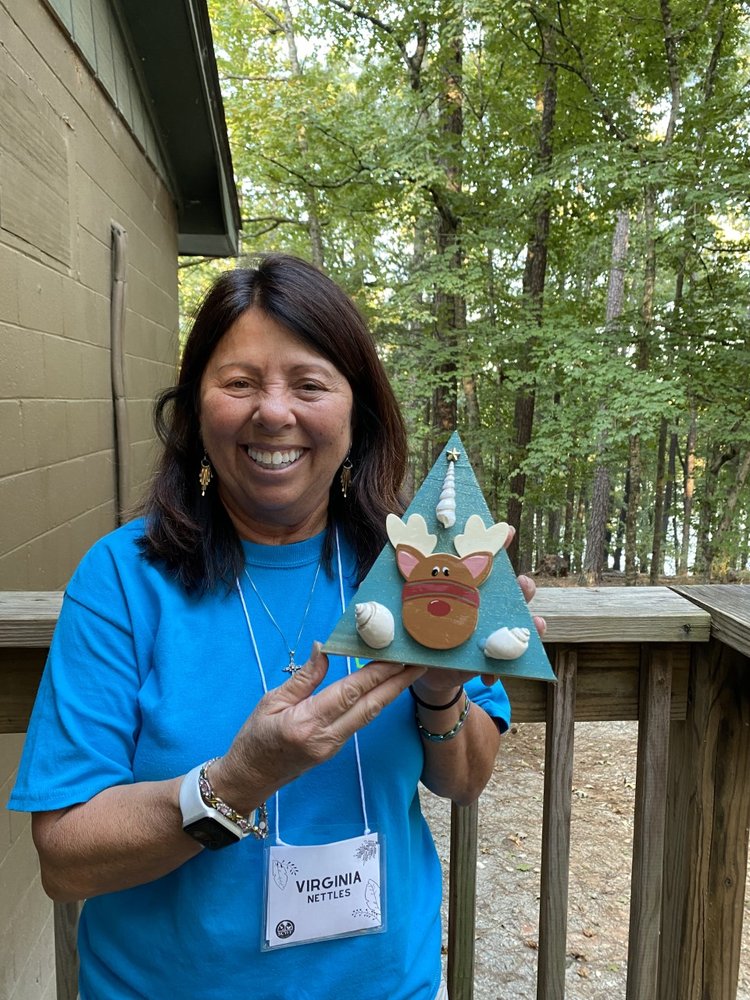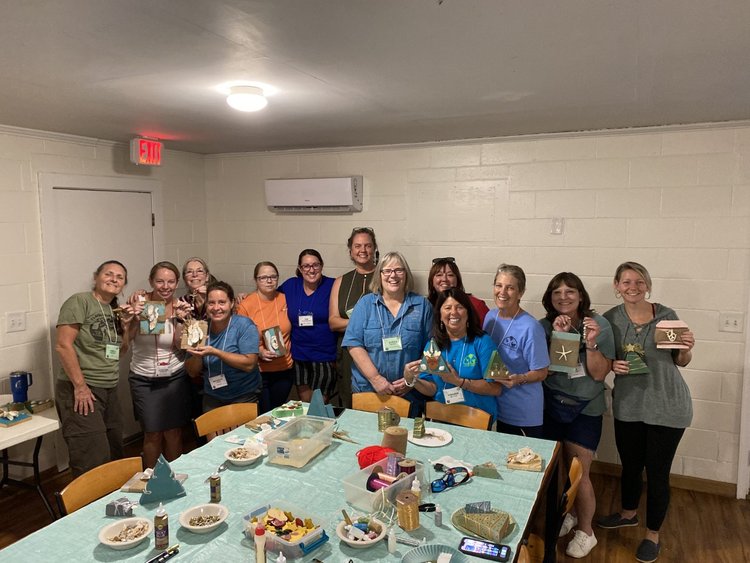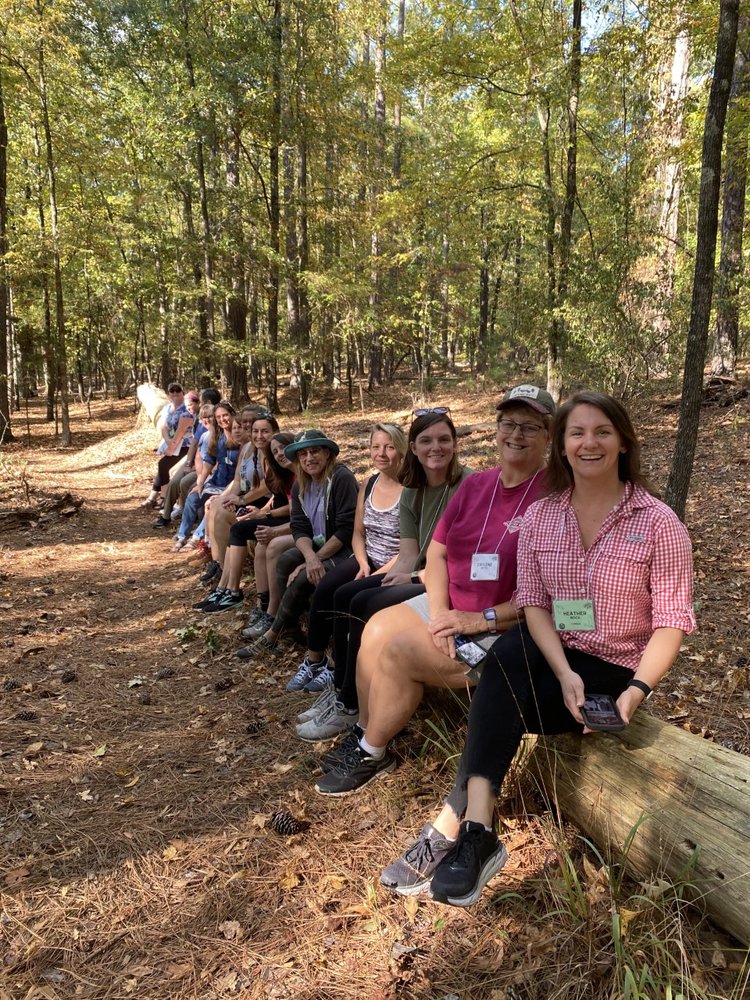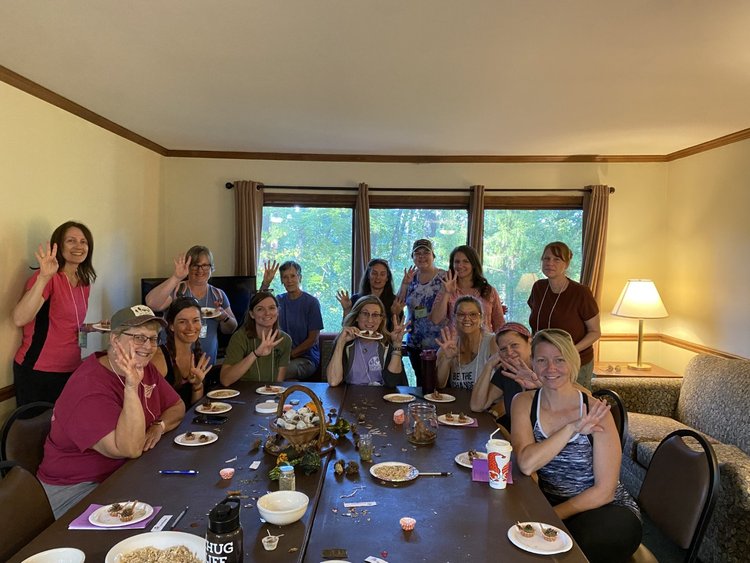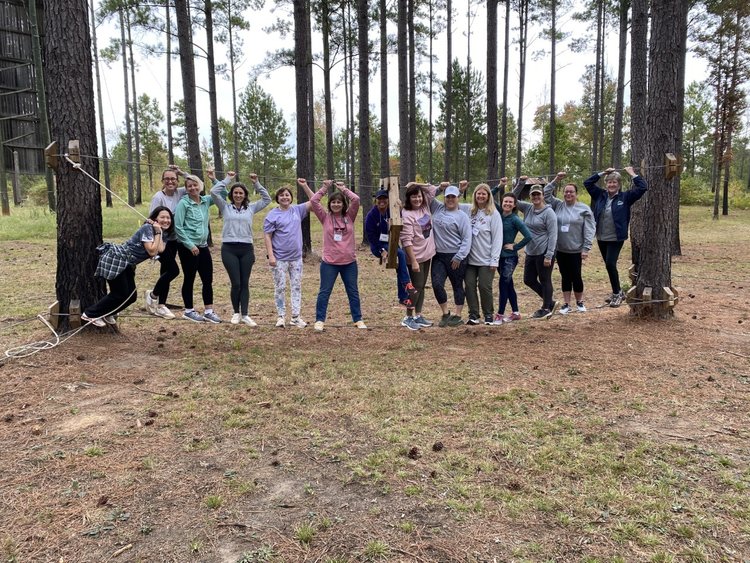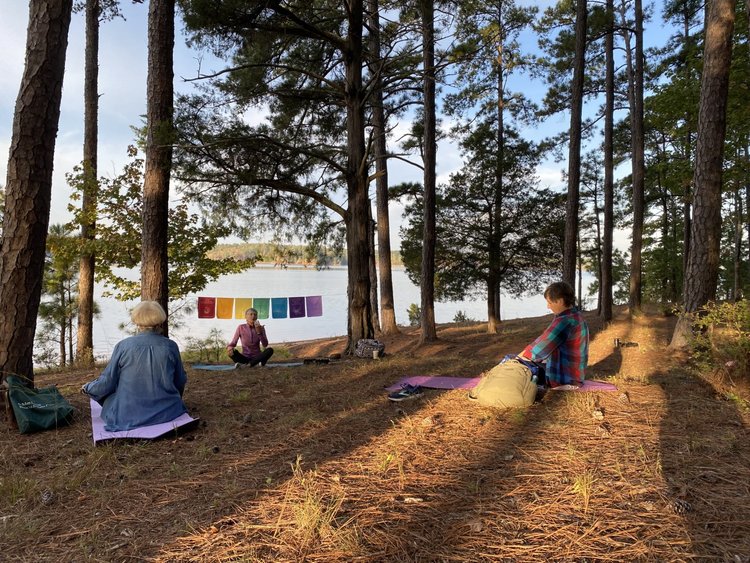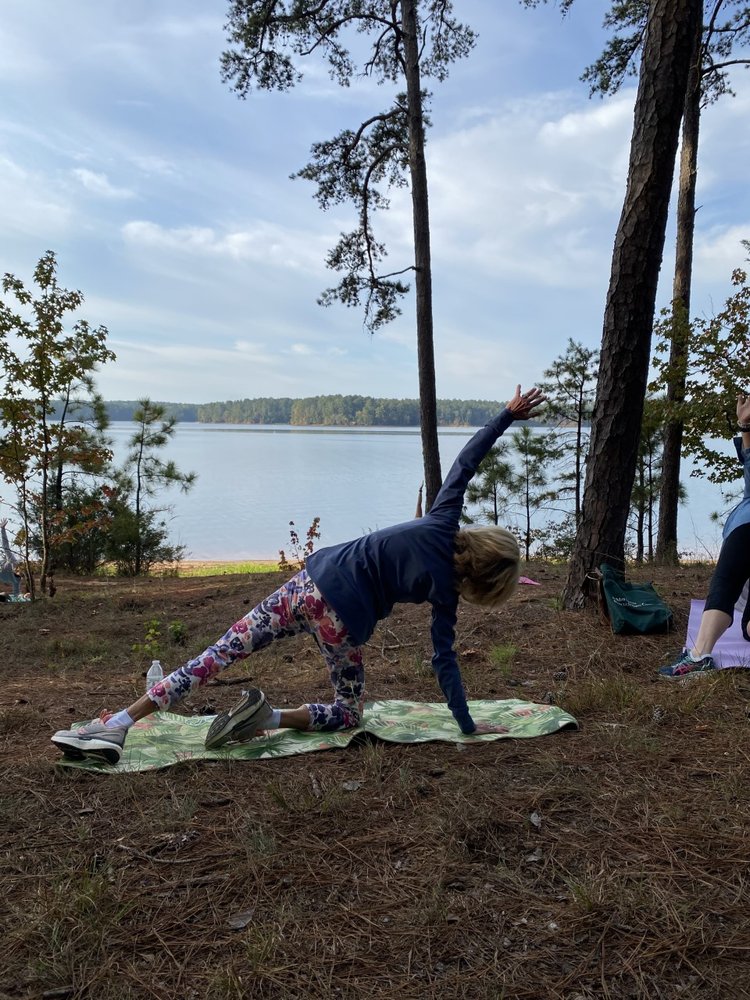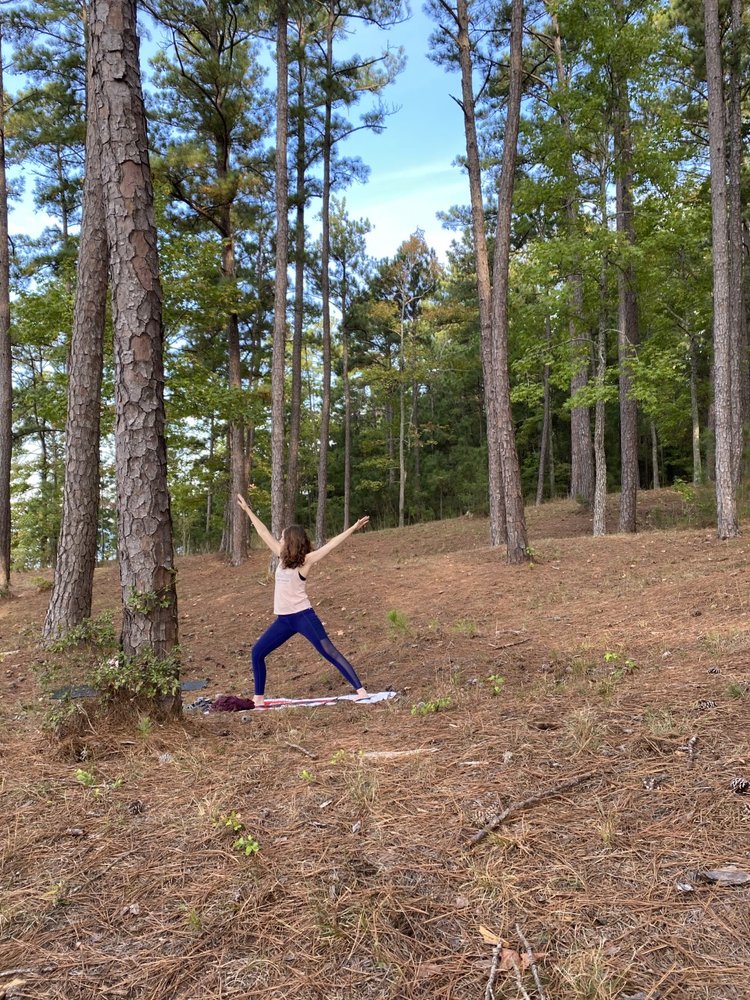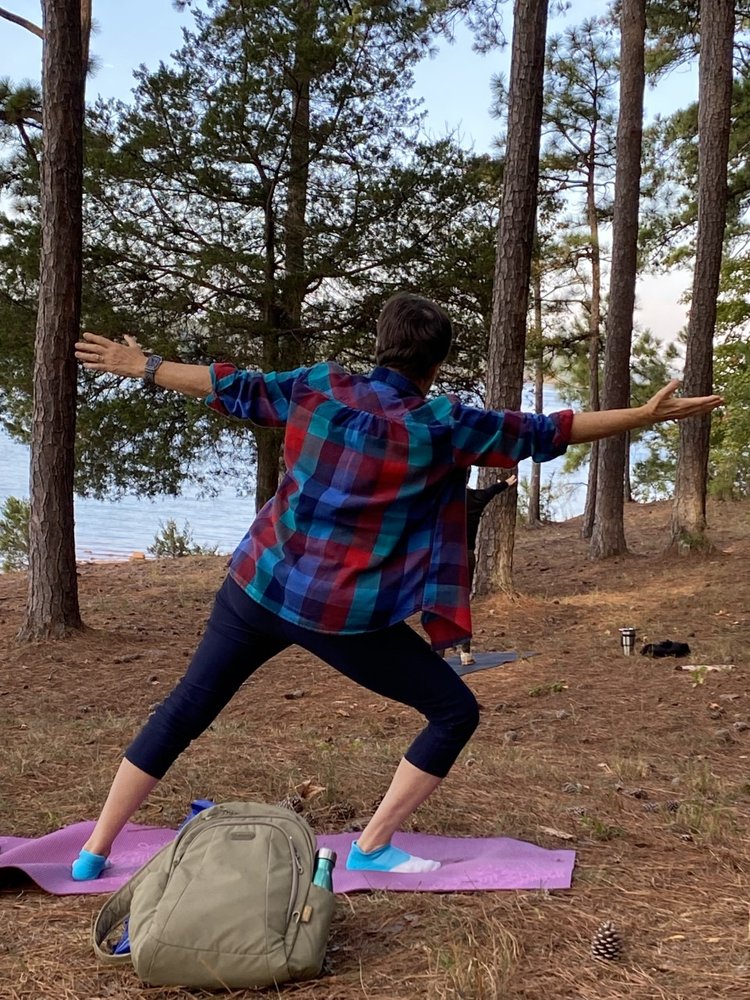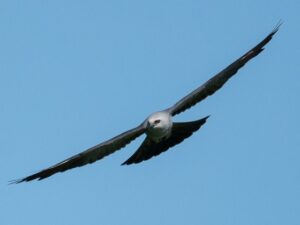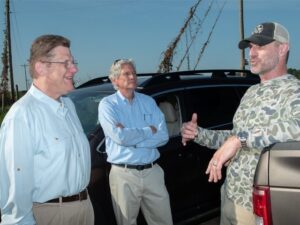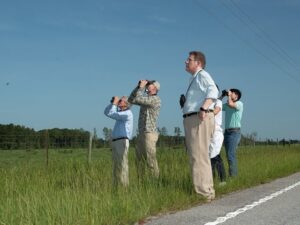Published by the Post & Courier, 10/20/22 – https://www.postandcourier.com/opinion/commentary/commentary-sc-birds-are-in-trouble-this-bipartisan-bill-can-help/article_f3712c62-4f14-11ed-99a4-57b427e54f89.html

There is no place on Earth like the Southeastern United States to discover wildlife. From montane forests to the coastal plain, South Carolina and its neighbors are bursting with biodiversity, from salamanders to plants to birds. As an ornithologist, I’m most amazed by the birds.
My bird conservation research took me to coastal Georgia, home to 100 miles of some of the most undeveloped coastline on the Eastern Sea board, and a third of its remaining salt marsh— the ecosystem in which I conducted my research. I remember the first time I walked into the saltmarsh, which, from a distance, appears to be just a wide expanse of grass. Immediately upon walking in to the grass, however, I knew that the salt marsh was far from homogenous. I saw tens of thousands of fiddler crabs brilliant with color, heard the calls of willets as they flew circles around me and saw my first seaside sparrow nest: a small, cup-shaped nest made of dead grass, attached inconspicuously to long, bright green blades of Spartina.
Paired with the amazement I experienced from being immersed in an ecosystem full of life and diversity is the sobering reality that our coasts and the birds that inhabit them — seaside and saltmarsh sparrows, red knots and piping plovers — are in trouble.
Such threats as habitat degradation and fragmentation, which are also being compounded by increased flooding from climate change, put these species at risk of extinction. But we know from experience that investments in conservation can bring birds back from the brink of disappearing forever.
The bald eagle, waterfowl of all kinds and even the United States’ largest bird, the California condor, all bear witness to this reality.
A new report is a wake-up call about the precarious state of America’s bird populations. A landmark research study found that in the past 50 years, we have lost 3 billion birds— an enormous loss for our biodiversity heritage and for future generations — and 70 species of birds are at a tipping point, requiring urgent action to prevent further declines or even extinctions.
The downward trends can be seen across species and across the country, with all the deadly impacts of the climate crisis— droughts, floods, changing temperatures — leaving such species as the seaside sparrow in danger.
But there is also good news in this research, which shows that when dedicated, targeted investments are made to recover and support bird populations, they can not only rebound, but thrive. Take waterfowl, like ducks, for example. Successful national policies such as the North American Wetlands Conservation Act and the U.S. farm bill have helped support and stabilize water fowl populations. And perhaps one of the most famous success stories is that of the bald eagle, which was nearly declared extinct decades ago due to illegal hunting and pesticide use.
Through a ban of the chemical that weakened bald eagle eggshells and the support of the public, this iconic bird has made such a recovery that it is no longer considered endangered or even threatened, and can be seen soaring across the skies here in the Southeast.
Such success stories demonstrate how we can leverage the power of federal policy and public-private partnerships to help recover other beloved and crucial bird species. Legislation such as the Recovering America’s Wildlife Act, which passed the U.S. House with a bipartisan vote and is awaiting a Senate vote, would provide funds to take conservation action before species end up on the Endangered Species List. The bill is a once-in-a-generation initiative designed to fund proactive, collaborative and locally led efforts to protect birds, other wildlife and plants.
Birdwatching is an exercise in patience and curiosity. To spot a red-bellied woodpecker on a long stroll, or hear the call of a blue jay outside your window, is a gift for those of us who call the South home. But in addition to protecting their unique beauty for generations to come, ensuring a healthy future for birds will have benefits that extend into the ecosystems they depend on — which include our human communities.
Birds often serve as a warning sign — their declines sound an alarm about the fate of other species and the ecosystems we share. By investing in their recovery, we can help recover plants, other pollinators and the ecosystems we all rely on to thrive into the future.
All of us can take action today. We can call our federal representatives and senators to support such policies as the Recovering America’s Wildlife Act and the Migratory Bird Treaty Act, support commonsense measures that limit the threats that birds face in our cities, such as window collisions, and support native plants in our communities and back yards that act as rest stops for migrating birds on epic journeys for generations to come.
Corina Newsome is a scientist with the National Wildlife Federation.
Published by the Post & Courier, 10/20/22 – https://www.postandcourier.com/opinion/commentary/commentary-sc-birds-are-in-trouble-this-bipartisan-bill-can-help/article_f3712c62-4f14-11ed-99a4-57b427e54f89.html

